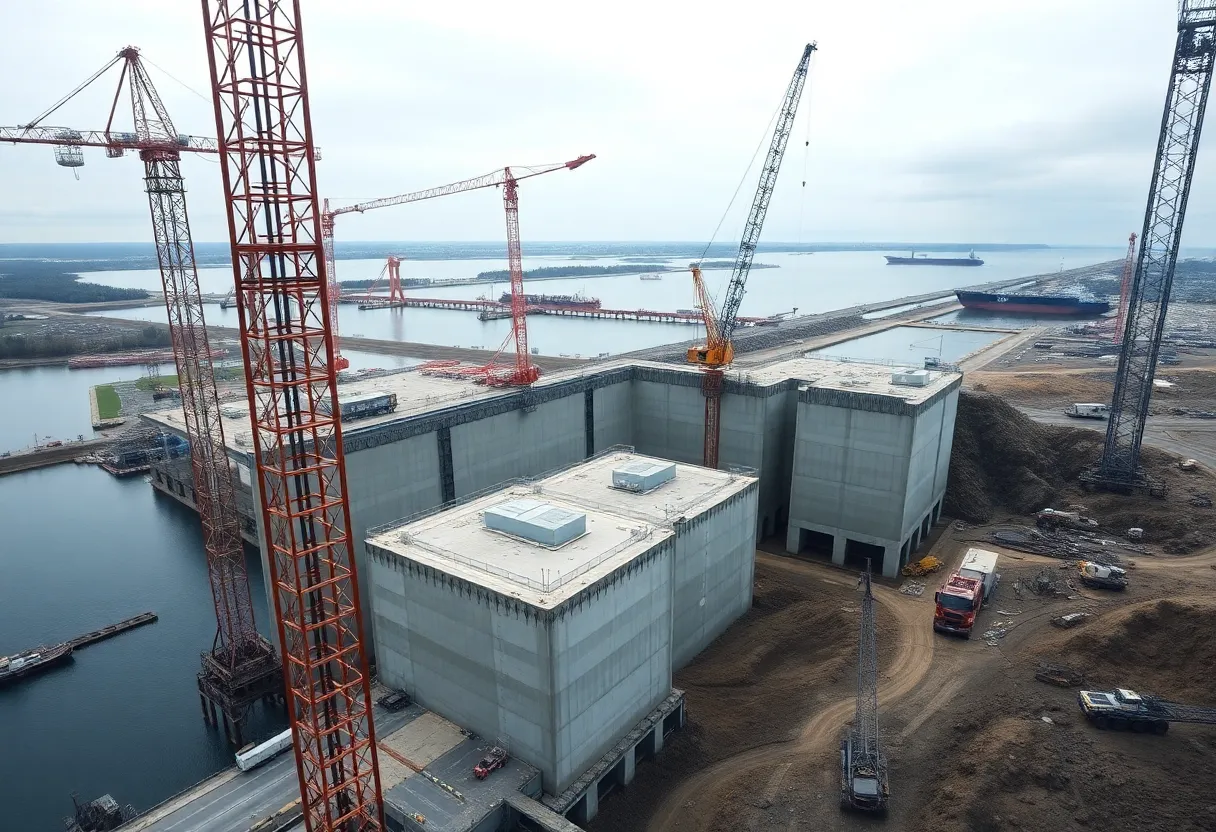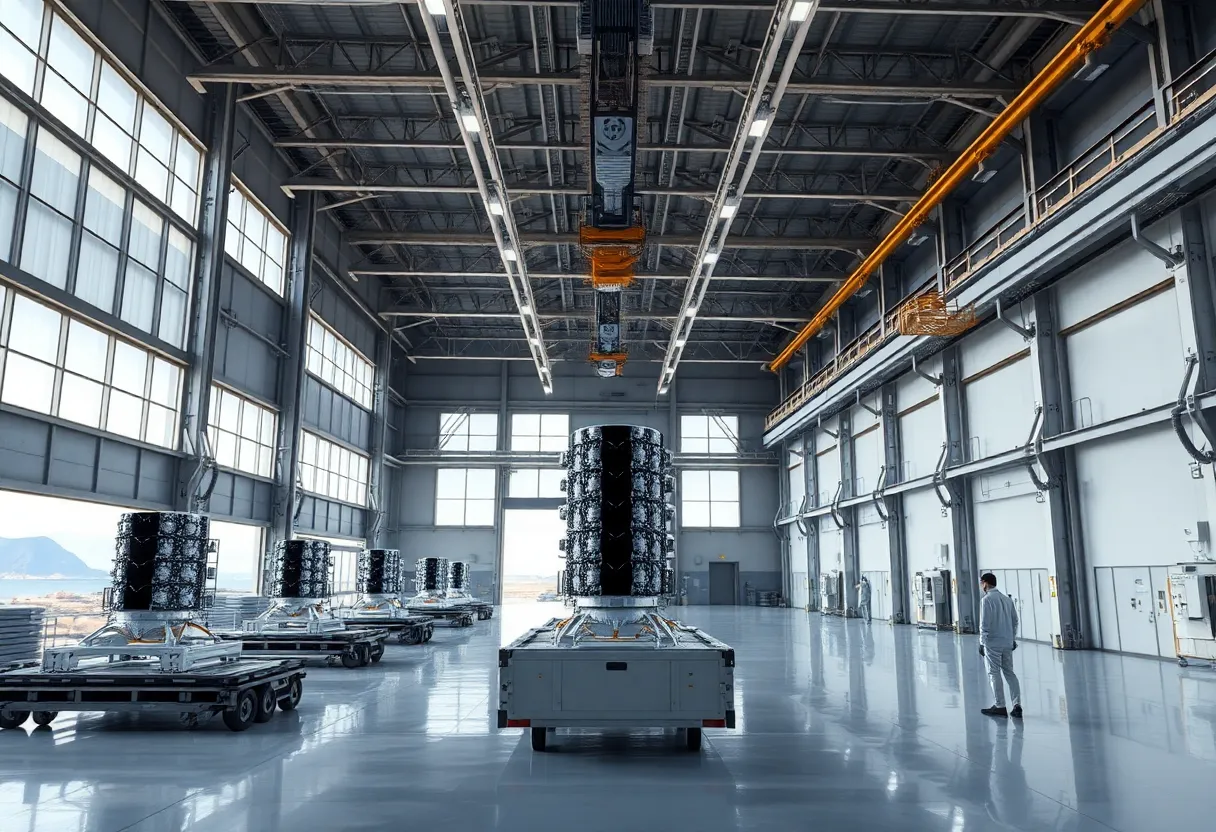News Summary
Komatsu, a leading player in construction and mining equipment, reported a decline in Q1 performance due to economic pressures including a stronger yen and reduced demand. The company faced decreased revenue and originations, primarily impacted by tariff costs and a significant decline in North American sales. Despite recent trade agreements, Komatsu’s forecasts show a projected drop in net income. However, the company is implementing innovative strategies focusing on electrification and autonomy to enhance its competitive edge and navigate market challenges.
Komatsu Faces Q1 Challenges Amid Yen Gains and Tariff Struggles
Komatsu has reported a decline in key financial metrics in the first quarter of fiscal 2025, which ended on June 30. This downturn includes decreases in originations, managed assets, and revenue, mainly attributed to the appreciation of the Japanese yen and weaker demand in North America.
The yen strengthened by 10 yen against the U.S. dollar from fiscal years 2024 to 2025, making the company’s operations in the U.S. more challenging. Sales across construction, mining, and utility sectors in North America have decreased by 14.6% year-over-year, indicating a significant contraction in this vital market.
Financial Performance Affected by Currency Fluctuations
According to the Chief Financial Officer, the decline in the company’s retail finance performance is principally linked to the stronger yen and reduced regional demand. The stronger currency increases the cost of repatriating overseas profits, thereby adversely affecting the margins for Komatsu.
Furthermore, the company is not isolated in facing these hurdles; competitors such as Kubota and Hitachi are grappling with similar production and economic challenges, even though a recent U.S.-Japan trade deal was expected to ease some burdens.
Impact of Tariffs on Financial Health
Komatsu continues to contend with substantial steel and aluminum tariffs that currently sit at 50%. These tariffs are projected to cost the company around 30 billion yen (approximately $202.1 million). Despite expectations of a last-minute surge in demand due to tariffs in the North American market, there has been no notable shift.
In light of the U.S.-Japan trade deal, Komatsu anticipates a potential $206.8 million reduction in tariff costs. This deal has revised the company’s forecasts for tariff costs considerably, leading to a downward revision of 3.5 billion yen for fiscal year 2025/26.
The projected net income for fiscal 2025/26 has also seen a 30% drop, now forecasted to be 309 billion yen. Originally, the tariff cost estimate was 94.3 billion yen, largely driven by U.S. tariffs on Chinese imports.
Strategic Adjustments and Future Prospects
Two significant developments have emerged that reshaped the tariff outlook for Komatsu. The U.S.-Japan trade deal is expected to reduce tariffs from 25% to 15%, potentially saving the company between $150 to $200 million. Additionally, a recent 90-day truce in U.S.-China trade relations has also helped mitigate potential costs by an estimated $140 million.
With North America contributing to 25% of Komatsu’s global revenue, and approximately 50% of U.S.-bound equipment being manufactured overseas and subject to tariffs, the company is keenly aware of the need for strategic adjustments.
In response to these challenges, Komatsu has adopted a strategic plan termed “Driving value with ambition,” focusing on areas such as electrification and autonomy, digital transformation through improved IT systems, and strategic acquisitions to bolster competitive advantages.
Investor Outlook and Long-Term Growth
While immediate pressures on the business appear to have lessened, Komatsu’s operations remain vulnerable to global trade dynamics. Investors are advised to approach the short term with caution due to potential earnings volatility, but may uncover significant long-term value in Komatsu’s innovative strategies.
The firm is targeting a return-on-equity (ROE) above 10% and aims for growth in free cash flow, highlighting its commitment to navigate through these turbulent waters. Overall, the adaptability of Komatsu amid existing trade headwinds may position it for future leadership in the construction technology sector.
Deeper Dive: News & Info About This Topic
Additional Resources
- Equipment Finance News: Komatsu Retail Finance Originations Fall 15% YoY
- AI News: Komatsu Tariff Resilience – A Glimpse of Recovery
- Reuters: Canada’s Retaliation to Trump Tariffs is Biggest Concern for Japan’s Komatsu
- Bloomberg: Komatsu Considers Price Hikes in the US in Response to Tariffs
- Google Search: Komatsu
Author: Construction CA News
CALIFORNIA STAFF WRITER The CALIFORNIA STAFF WRITER represents the experienced team at constructioncanews.com, your go-to source for actionable local news and information in California and beyond. Specializing in "news you can use," we cover essential topics like product reviews for personal and business needs, local business directories, politics, real estate trends, neighborhood insights, and state news affecting the area—with deep expertise drawn from years of dedicated reporting and strong community input, including local press releases and business updates. We deliver top reporting on high-value events such as the Rose Parade, Coachella, Comic-Con, and the California State Fair. Our coverage extends to key organizations like the California Building Industry Association and Associated General Contractors of California, plus leading businesses in technology and entertainment that power the local economy such as Apple and Alphabet. As part of the broader network, including constructionnynews.com, constructiontxnews.com, and constructionflnews.com, we provide comprehensive, credible insights into the dynamic landscape across multiple states.





